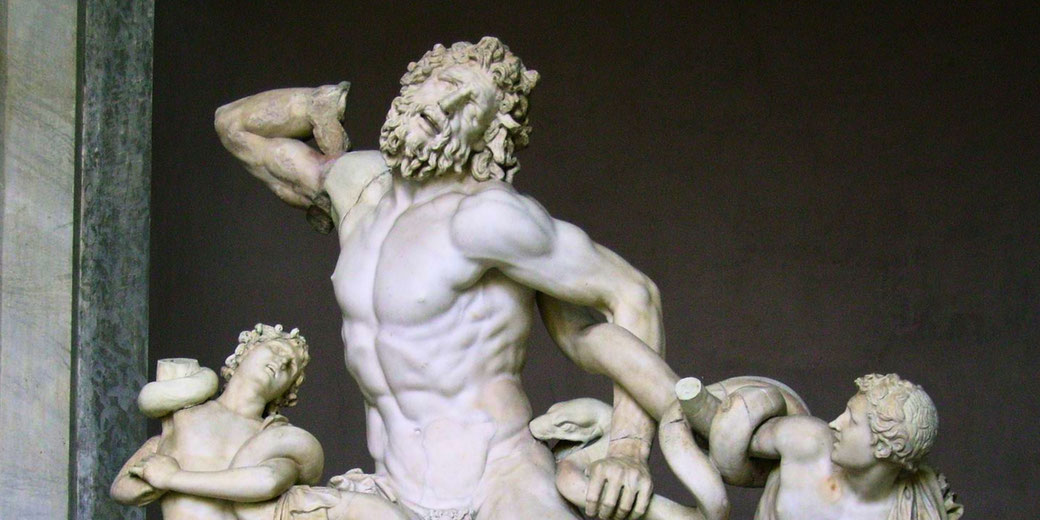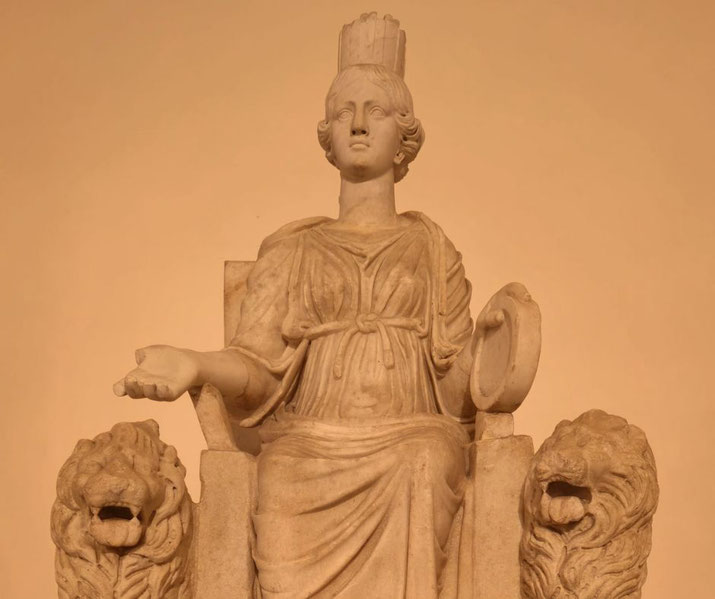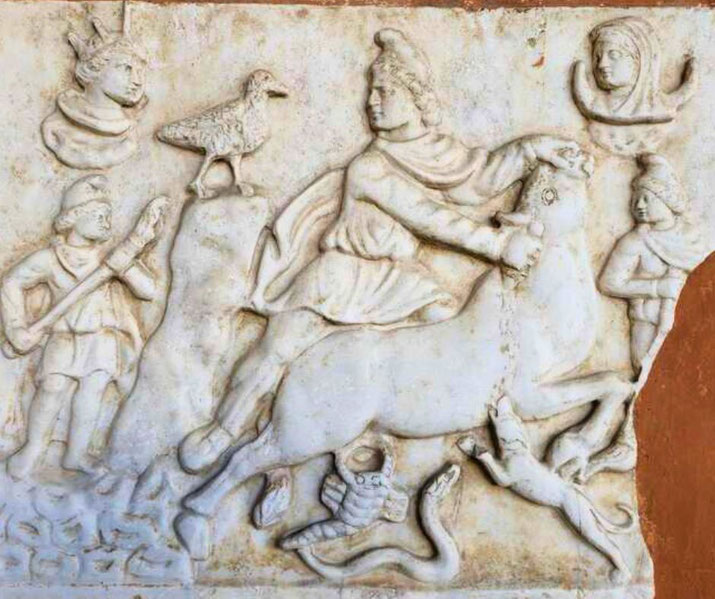The enigmatic mystery religions and secret societies of Ancient Rome

The secret societies of ancient Rome have long been shrouded in mystery and intrigue. From the Galli to the Cult of Cybele, Mithraism, and the Cult of Isis, these groups were steeped in secrecy, with members bound by oaths of loyalty and sworn to uphold their ancient traditions.
Traditional Roman religious beliefs
The religion of ancient Rome was a complex system of rituals and beliefs that revolved around the worship of a pantheon of gods and goddesses.
It dated back to the early days of the city and was a blend of indigenous Italian and imported Greek religious practices. The religion evolved over time and incorporated new deities and practices as Rome expanded its territory.
The traditional deities were seen as guardians of the state, and their worship was an important part of civic life. By the 1st century CE, the Roman religion was a complex system of rituals and beliefs that was an important part of civic life.
Roman religion was characterized by a strong sense of duty and discipline, and individuals were expected to make offerings and perform rites to ensure the favor of the gods.
Why were Romans suspicious of secret societies?
Despite the importance of religion in Roman life, the ancient Romans were deeply suspicious of secret societies.
The reasons for this are not entirely clear, but it is believed that they were concerned about the potential for these groups to undermine the authority of the state or to engage in practices that were deemed immoral or unethical.
1. Cult of Cybele and the Galli
The Cult of Cybele was a popular religion in ancient Rome, centered around the worship of the goddess Cybele, who was seen as a mother figure and a protector of the city.
The worship of the goddess Cybele was originally a Phrygian practice that was introduced to Rome in the 3rd century BCE. By the 2nd century BCE, it had become an official state religion, but the Romans remained very uncomfortable with it.
The cult reached the height of its popularity during the late Republic and early Empire (2nd century BCE to 2nd century CE).
One of the most controversial elements of this cult were how its adherents, known the Galli, acted. The Galli gained popularity in Rome during the late Republic and early Empire (2nd century BCE to 2nd century CE).
These priests were known for their wild, ecstatic rituals, which often involved self-flagellation and other acts of self-mutilation. The Galli were believed to possess magical powers, and their presence was often seen as a threat to the social order.
This appeared to be popular because it was a highly emotional and ecstatic form of worship that appealed to those seeking a direct connection with the divine.
Since the Galli were often marginalized and excluded from mainstream society, their cult may have provided a sense of belonging and community to those who felt similarly outcast from society.

2. Mithraism
Another secret society that was popular in ancient Rome was Mithraism, a religion that was centered around the worship of the god Mithras.
This religion was exclusive to men and was known for its initiation rites, which involved a series of trials that were designed to test the candidate's loyalty and courage.
The origins of Mithraism are unclear, but it is believed to have originated in Persia in the 1st century BCE.
The religion was introduced to Rome in the 1st century CE and gained popularity among soldiers and members of the Roman elite. It appears to have reached its peak in popularity during the 2nd and 3rd centuries CE.
Mithraism was popular because it emphasized loyalty, discipline, and bravery. The religion was also highly exclusive, with initiation rites and a hierarchy of ranks, which may have appealed to those seeking a sense of belonging to a select group.

3. Cult of Isis
The Cult of Isis was a popular religion in ancient Rome, centered around the worship of the goddess Isis, who was seen as a mother figure and a healer.
The Cult of Isis was popular with people from all walks of life because it promised a personal relationship with the goddess and the possibility of salvation in the afterlife.
The cult's emphasis on magic and mystery also appealed to those seeking a more exotic and esoteric form of worship.
The worship of Isis originated in Egypt in the 3rd millennium BCE and spread throughout the Mediterranean world in the Hellenistic period.
The cult was introduced to Rome in the 2nd century BCE but did not gain widespread popularity until the 1st century CE. The cult remained popular throughout the Roman Empire and beyond.

How the Romans tried to suppress these groups
Despite the popularity of these secret societies, the Roman authorities were often suspicious of their activities and sought to suppress them.
The methods used to suppress these groups varied, but they often involved a combination of legal action, social ostracism, and even violence.
In some cases, entire groups were outlawed, and their members were subjected to persecution and punishment.
In particular, the Roman state was concerned about the spread of unauthorized and potentially subversive religious practices, and often took steps to suppress them. The Galli became a common target of state control.
In 101 BCE, the Roman Senate passed a law forbidding Roman citizens from castrating themselves or others. This law was likely aimed at the Galli, who were seen as a threat to Roman masculinity and social norms.
Was early Christianity a mystery religion?
Early Christianity was not considered a mystery religion in the same sense as the other religions discussed in the article.
While there were certainly elements of mystery and secrecy associated with early Christianity, such as the practice of baptism and the Eucharist, these were not the defining features of the religion.
Mystery religions were characterized by their exclusive and secretive nature, with initiation rites and secret teachings reserved for select members of the cult. Early Christianity, by contrast, was open to all who wished to join, regardless of social status or background.
There were certainly some aspects of Christian worship that were kept hidden from outsiders, such as the use of Christian symbols and language, but the religion was not organized around a system of esoteric knowledge or hidden teachings.
What do you need help with?
Download ready-to-use digital learning resources
Copyright © History Skills 2014-2025.
Contact via email
With the exception of links to external sites, some historical sources and extracts from specific publications, all content on this website is copyrighted by History Skills. This content may not be copied, republished or redistributed without written permission from the website creator. Please use the Contact page to obtain relevant permission.





